Discover the proven power of the GLA-Class turbo engine! This guide breaks down its technology, benefits, and simple maintenance tips, making it beginner-friendly. Learn how this turbocharged marvel delivers exciting performance and efficiency for your Mercedes-Benz.**
The Mercedes-Benz GLA-Class is known for its compact SUV appeal, but what truly sets it apart is the “proven power” under its hood, especially with its turbocharged engine options. Many GLA owners love the blend of spirited driving and everyday practicality. However, understanding what makes that turbocharger tick, and how to keep it humming along, can sometimes feel a bit daunting. Don’t worry! We’re here to demystify the GLA-Class turbo engine, explore its impressive performance, and share straightforward tips to ensure it stays reliable and powerful for years to come.
Unpacking the GLA-Class Turbo Engine: More Than Just Speed
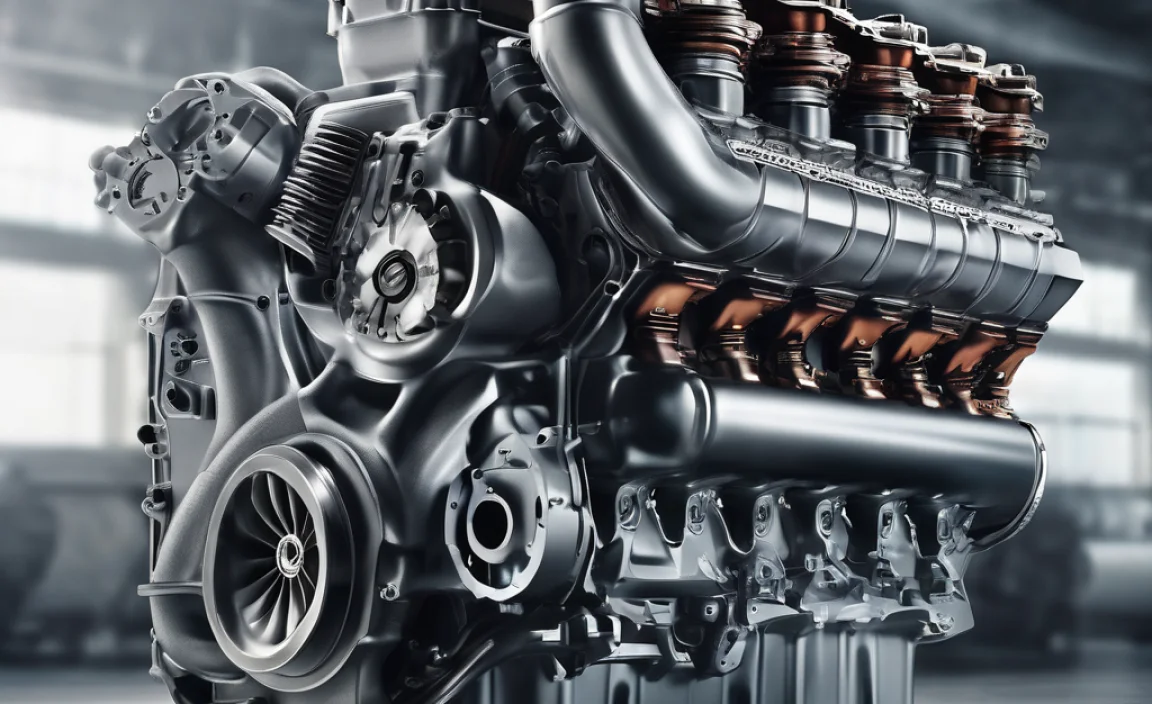
When you hear “turbocharged,” you might immediately think of raw speed. While that’s part of the appeal, a turbocharger in your GLA-Class is a sophisticated piece of engineering designed to boost both performance and efficiency. It’s essentially an air pump powered by your car’s own exhaust gases. Pretty neat, right?
How Does a Turbocharger Work? (The Simple Version)
Think of your engine like a chef preparing a meal. The engine needs air and fuel to create power. A turbocharger is like a super-powered fan that forces more air into the engine. More air means it can burn more fuel, which results in more power – all without needing a physically larger engine.
- Exhaust Gases: When your engine burns fuel, it produces exhaust.
- Turbine Wheel: Instead of just going out the tailpipe, some of this hot exhaust gas is directed to spin a tiny turbine wheel.
- Compressor Wheel: This turbine is connected by a shaft to another wheel, called a compressor wheel, usually located before the engine’s air intake.
- Forced Induction: As the turbine spins, it makes the compressor wheel spin super-fast. This compressor wheel pulls in fresh air and compresses it (like squeezing it into a smaller space).
- Cooler Air, More Power: This compressed, denser air then gets sent into the engine’s cylinders. Cooler, denser air allows for more oxygen, and when mixed with fuel, creates a bigger bang – hence, more power!
This process allows smaller, more fuel-efficient engines to produce the power previously only seen in larger, less efficient ones. It’s a key reason why modern turbocharged engines are so popular.
The “Proven Power” in the GLA-Class
Mercedes-Benz has integrated turbocharging across its lineup, and the GLA-Class is a prime example of how this technology delivers a dynamic driving experience. The specific horsepower and torque figures can vary slightly depending on the GLA model year and trim (like the GLA 250 or AMG GLA 35 4MATIC), but the core principle remains: a turbocharged heart that offers responsiveness when you need it.
This “proven power” means you get:
- Peppy Acceleration: Noticeable zip when you pull away from a stop or overtake on the highway.
- Stronger Mid-Range Power: The engine feels robust and capable even when cruising.
- Better Fuel Economy (Under Certain Conditions): Because the turbo allows for a smaller, efficient engine, you can often get better MPG than a naturally aspirated engine of similar power output, especially during gentle driving.
The engineering behind the GLA-Class turbo engine is designed for both exhilaration and everyday drivability, making it a true workhorse for city streets and open roads alike.
Benefits of the GLA-Class Turbo Engine
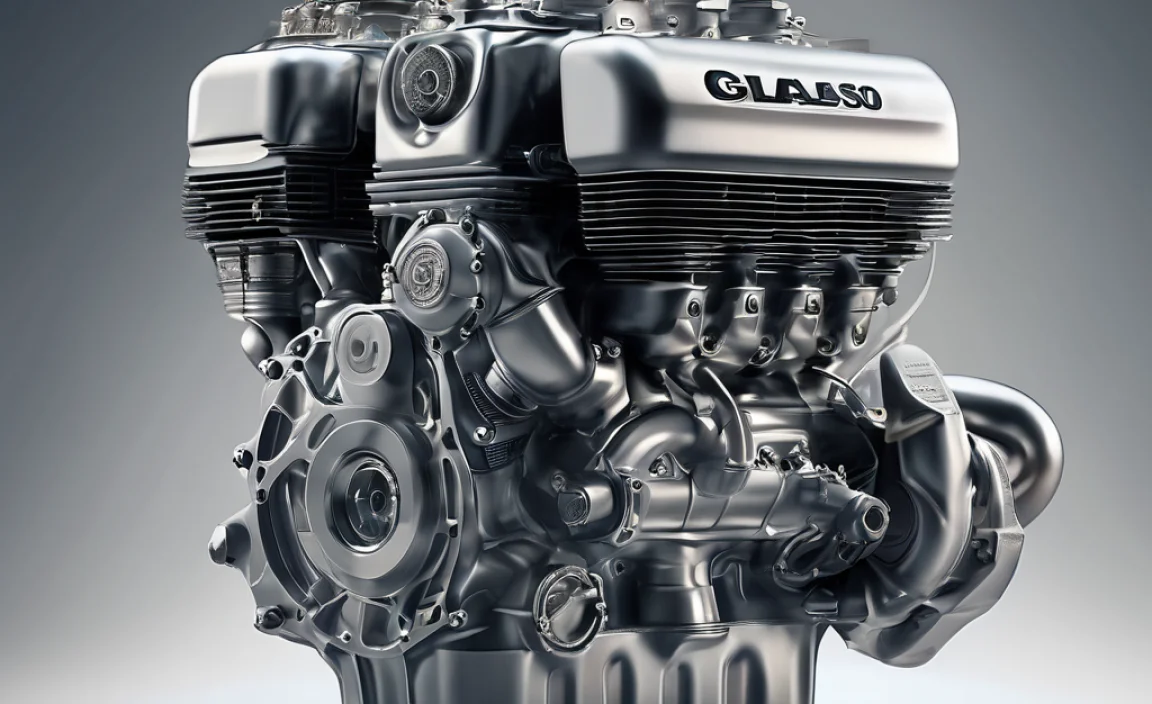
Why did Mercedes-Benz choose turbocharging for the GLA-Class? It’s a smart decision that brings a host of advantages to your driving experience, making it more than just a compact SUV.
Performance Enhancement
As we’ve touched on, the most obvious benefit is a significant boost in performance. The turbocharger effectively increases the engine’s volumetric efficiency, meaning it can “breathe” in more air and, therefore, generate more power and torque. This translates directly to a more engaging and responsive drive, allowing the GLA-Class to feel surprisingly nimble and quick.
Improved Fuel Efficiency
This might seem counterintuitive – more power usually means more fuel, right? With turbocharging, it’s often the opposite, particularly when comparing a turbocharged engine to a larger, naturally aspirated engine that produces similar power. The ability to extract more power from a smaller displacement engine means that, during normal driving conditions (when the turbo isn’t working at its maximum), the engine can be more fuel-efficient. It’s a clever way to achieve a balance between power when you want it and economy when you need it.
According to the U.S. Department of Energy, smaller, turbocharged engines can offer significant fuel savings over their larger, non-turbocharged counterparts.
Reduced Emissions
Smaller engines that produce more power inherently burn less fuel overall. This leads to lower carbon dioxide (CO2) emissions, a primary greenhouse gas. Furthermore, modern turbocharging systems often work in conjunction with advanced engine management and emissions control systems, further reducing the production of other harmful pollutants. This aligns with Mercedes-Benz’s commitment to sustainable mobility.
Better Performance at Higher Altitudes
In naturally aspirated engines, performance can decrease at higher altitudes because the air is less dense. A turbocharger, however, works to counteract this. By compressing the thinner air, it forces more of it into the engine, helping to maintain closer to sea-level performance. So, if you live in or frequently travel to mountainous regions, this is a significant advantage.
Common GLA-Class Turbo Engine Maintenance and Care
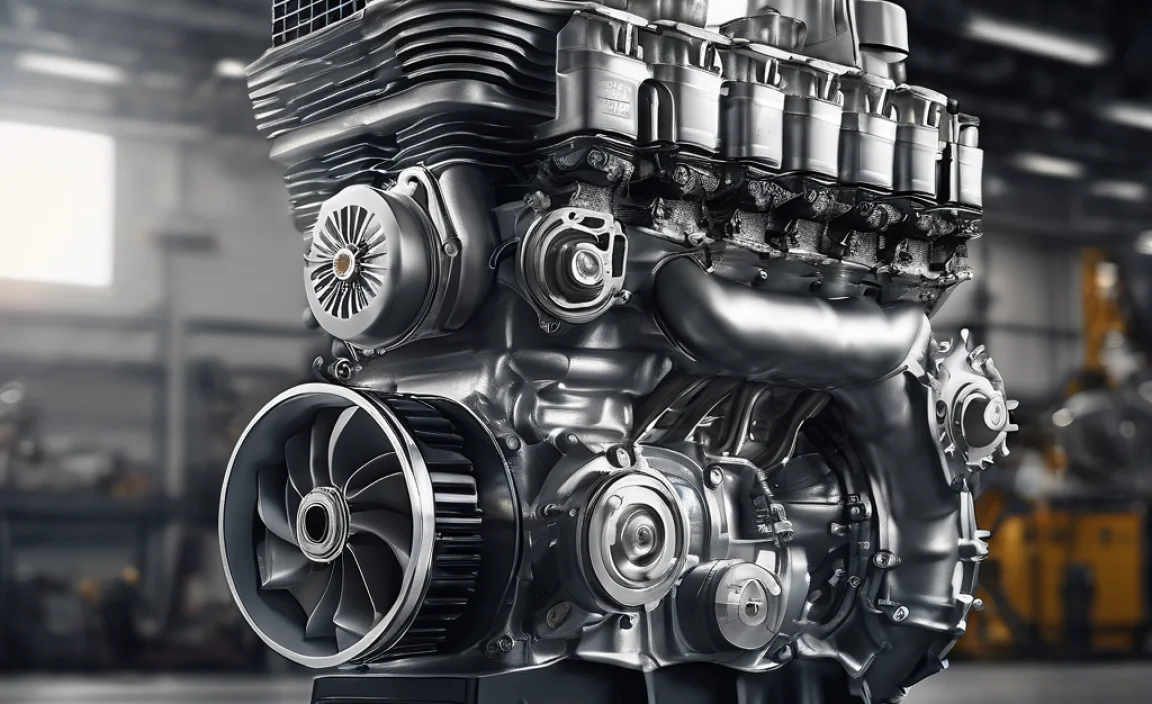
Your GLA-Class turbo engine is a finely tuned machine, and like any high-performance component, it benefits from consistent care. Regular maintenance is key to ensuring its longevity, reliability, and that “proven power” stays a signature of your driving experience.
1. Oil Changes: The Lifeblood of Your Turbo
This is arguably the most critical maintenance task. Turbochargers spin at incredibly high speeds (sometimes over 100,000 RPM!) and generate intense heat. They rely heavily on clean, high-quality engine oil for lubrication and cooling.
- Use the Right Oil: Always use the specific oil type and viscosity recommended in your GLA-Class owner’s manual. Mercedes-Benz often specifies synthetic oils with particular specifications (like MB 229.5 or MB 229.51). Using the
incorrect oil can lead to premature turbo wear. You can find general recommendations on oil requirements from organizations like American Petroleum Institute (API), but always prioritize your Mercedes-Benz manual. - Follow the Schedule: Adhere to the recommended oil change intervals. Even if you drive less than the mileage limit, consider changing the oil annually, as oil can degrade over time.
- Check Oil Levels Regularly: A low oil level can starve the turbo of essential lubrication, leading to catastrophic failure. Check your oil level periodically between services.
2. Air Filter Maintenance: Letting Your Turbo Breathe Easy
The turbocharger needs air to do its job. A clogged air filter restricts airflow to the engine and, consequently, to the turbo. This can reduce performance and put undue stress on the turbocharger.
- Inspection: Periodically inspect your engine air filter. Hold it up to a light; if you can’t see light through it easily, it’s likely time for a replacement.
- Replacement: Replace the air filter according to your maintenance schedule or sooner if it appears dirty. This is typically a straightforward DIY task for many GLA owners.
3. Coolant System Checks: Keeping Things Cool
While the engine oil is the primary cooler for the turbo bearings, the overall engine coolant system is vital. The turbocharger itself can get extremely hot from exhaust gases, and it’s designed to be cooled by and integrated with the engine’s cooling system.
- Coolant Level: Ensure your coolant level is always at the proper mark. Overtemperature conditions can negatively impact the turbo.
- System Health: Have your coolant system inspected for leaks or corrosion during scheduled maintenance.
4. Turbocharger Technology and Your Driving Habits
While modern turbos are robust, certain driving habits can impact their lifespan.
- Warm-Up Period: While not as critical as in older turbocharged cars, allowing your engine a minute or two to warm up before high-speed driving is still good practice, especially in cold weather. This ensures oil is circulating effectively.
- Cool-Down (Less Critical on Modern Cars): The traditional advice of letting the engine idle for a few minutes after hard driving to allow the turbo to cool is less crucial with modern, water-cooled turbos. However, avoiding immediate shutdown after very aggressive driving (like a track session) is never a bad idea. For everyday driving, this is usually not a concern.
5. Listen for Unusual Noises
Your ears are a great diagnostic tool! Be aware of any new sounds coming from the engine bay, especially:
- Whining or Whistling: A high-pitched whine that changes with engine RPM could indicate a turbo bearing issue or a boost leak.
- Hissing: This could suggest a leak in the intake or exhaust system related to the turbo.
- Grinding: A distinct grinding or rattling sound is a serious warning sign that requires immediate attention.
Troubleshooting Common Turbocharger Issues
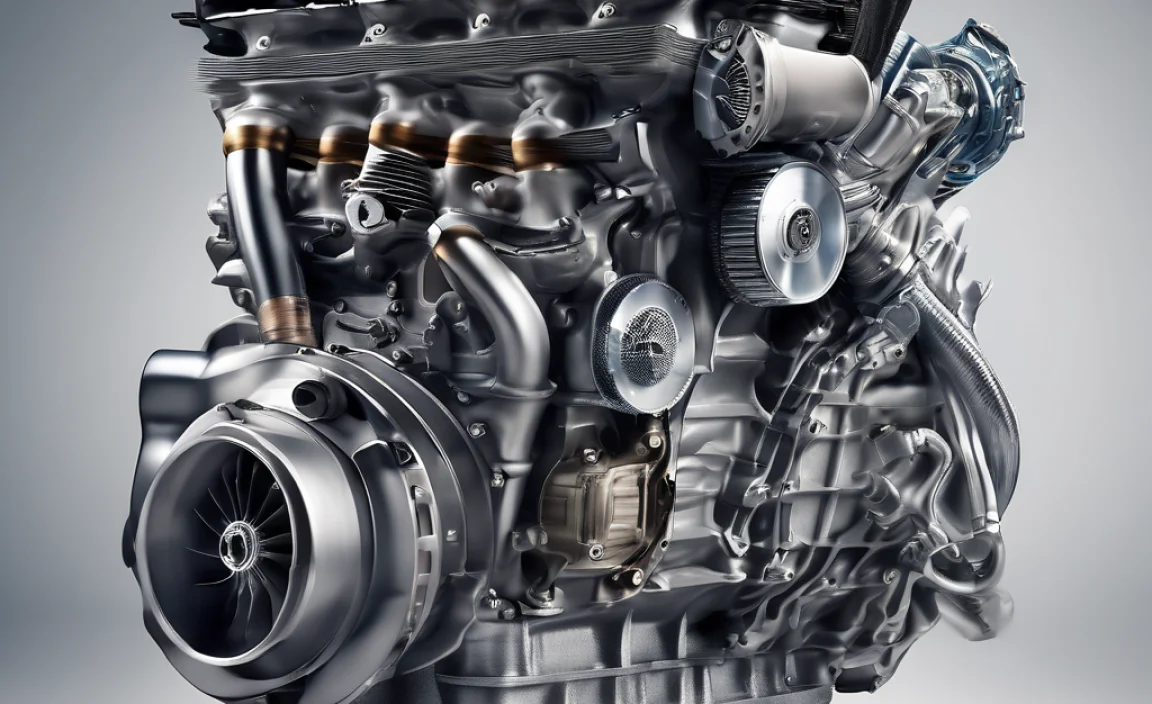
Even with diligent maintenance, turbochargers can sometimes exhibit problems. Knowing what to look for can help you address issues early and prevent more significant damage.
Symptoms of a Failing Turbocharger
If you notice any of the following, it’s time to get your GLA-Class turbo system checked:
- Loss of Power: The most common symptom. If your acceleration feels sluggish or the engine feels weak, especially under load, the turbo might not be producing enough boost.
- Blue Smoke from the Exhaust: This usually indicates that engine oil is leaking into the exhaust system, often through worn turbo seals.
- Black Smoke from the Exhaust: This can mean the engine is running too rich (too much fuel) or not getting enough air, sometimes related to boost issues.
- Check Engine Light Illuminates: Modern cars have sophisticated sensors. A problem with the turbocharger or its related systems will often trigger the Check Engine Light.
- Unusual Noises: As mentioned earlier, whirring, whistling, or grinding sounds are red flags.
- High Oil Consumption: If you’re finding yourself needing to add oil much more frequently than usual, it could be signs of leaks within the turbo assembly.
Potential Causes of Turbocharger Problems
Understanding the why can help prevent future issues:
- Lack of Lubrication: Using the wrong oil, infrequent oil changes, or low oil levels are major culprits.
- Contamination: Dirty oil can wear down the turbo’s delicate internal components.
- Overheating: Engine coolant issues or very prolonged, extreme driving without proper cooling can damage the turbo.
- Air Leaks: Cracks or loose connections in the intake or intercooler piping can cause a loss of boost pressure.
- Debris Ingestion: Foreign objects entering the turbo intake can cause significant damage. This highlights the importance of a good air filter.
What to Do if You Suspect a Turbo Problem
Don’t ignore the signs! If you experience any of the symptoms above:
- Reduce Driving: Limit driving, especially at high speeds or under heavy load, to prevent further damage.
- Check Oil and Coolant Levels: A quick check might reveal an obvious issue.
- Consult a Professional: Schedule an appointment with a qualified Mercedes-Benz technician or a reputable mechanic specializing in turbo systems. They have the diagnostic tools and expertise to pinpoint the problem.
A damaged turbocharger is not typically a DIY repair for beginners due to the specialized knowledge and tools required. However, understanding these issues empowers you to communicate effectively with your mechanic and make informed decisions.
Turbocharger Components Explained
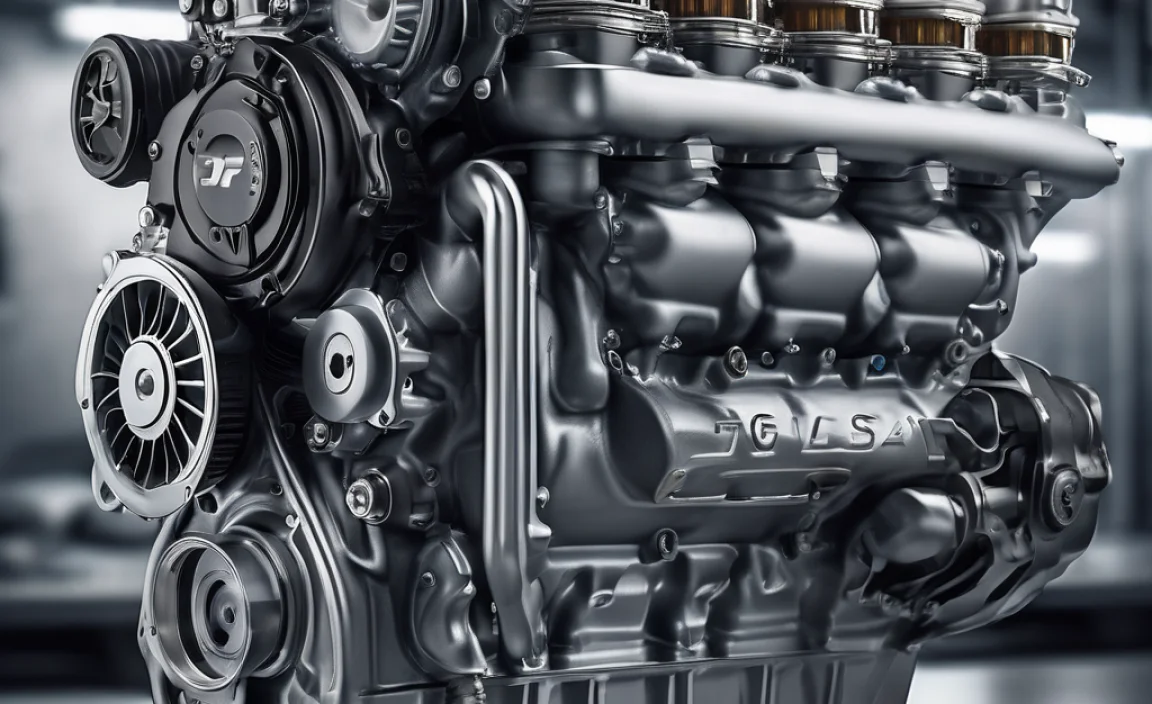
Your GLA-Class turbocharger system is more than just the turbine and compressor. It’s a network of components working together to deliver that power reliably.
| Component | Function | Importance |
|---|---|---|
| Turbine Housing | Encases the turbine wheel; directs exhaust gases. | Withstands very high temperatures and pressures. |
| Compressor Housing | Encases the compressor wheel; draws in and compresses fresh air. | Delivers pressurized air to the engine’s intake. |
| Wastegate | A valve that controls boost pressure by diverting excess exhaust gas away from the turbine when maximum pressure is reached. | Prevents over-boosting, which could damage the engine or turbo. Acts as a crucial safety mechanism. |
| Intercooler | A heat exchanger that cools the compressed air from the turbo before it enters the engine. | Cooler air is denser, allowing for more oxygen in the cylinders and thus more power. It also reduces the risk of engine knock. |
| Boost Pressure Sensor | Measures the amount of pressure in the intake manifold. | Provides data to the engine control module (ECM) to optimize fuel and ignition timing for the current boost level. |
| Blow-Off Valve (BOV) / Diverter Valve | Releases excess pressure from the intake system when the throttle is suddenly closed (e.g., during gear shifts). | Prevents compressor surge and protects the turbo from damage. |
Modern GLA-Class models often feature advanced turbocharger designs, such as variable turbine geometry (VTG) in some performance variants, which further optimize power delivery across the RPM range. However, the fundamental principles of these core components remain consistent.
DIY Checks and Simple Upkeep for Your Turbo
While major turbo repairs are best left to the professionals, there are several simple checks you can perform as a DIY enthusiast to ensure your GLA-Class turbo system is in good health.
Visual Inspection of Turbo Hoses and Intercooler
The hoses connecting the turbo to the intercooler and the intercooler to the engine intake are crucial. Over time, rubber hoses can crack, split, or become loose due to heat and vibration.
- Locate the Components: You’ll typically see the turbocharger mounted to the engine’s exhaust manifold. Follow the piping from the turbo’s compressor outlet. This piping leads to the intercooler (often located behind the front bumper or in front of the radiator), and then another set of pipes goes from the intercooler to the engine’s intake manifold.
- Look for Signs of Wear: Gently squeeze and inspect the hoses. Look for any:
- Cracks
- Splits or tears
- Bulging or swelling
- Signs of oil residue around the connections (which could indicate a leak)
- Check the Intercooler: Inspect the front of the intercooler for any signs of damage or debris blockage.
- Secure Clamps: Ensure all hose clamps are tight and properly seated.
If you find any suspect hoses or loose clamps, this is often a straightforward DIY fix. Replacing a hose or tightening a clamp can prevent boost leaks and potential turbo issues.
Checking for Boost Leaks
A subtle boost leak can rob your engine of power and make your turbo work harder than it needs to.
- Listen Carefully: With the engine running, listen for any hissing sounds coming from the intake system, especially when revving the engine gently.
- Feel for Air: If you can safely and carefully do so, you might be able to feel escaping air around connections. Always prioritize safety and avoid moving engine parts!
For more advanced DIYers, a “boost leak tester” can be used to pressure-test the intake system when the engine is off. This is a more definitive way to find leaks.
Engine Air Filter Inspection (Again!)
It’s worth reiterating: a clean air filter is vital. If you’re unsure about your maintenance log, pop the hood and locate the airbox. Most GLA models have an easily accessible air filter that you can inspect in minutes.
Checking the Turbocharger Itself (Visual)
While you can’t easily inspect the internal workings, you can look for obvious external signs of distress.
- Oil Leaks: Look for any signs of